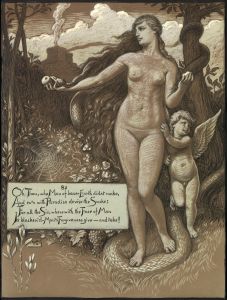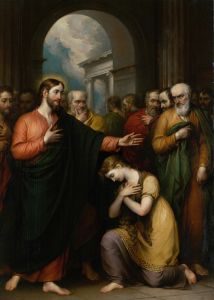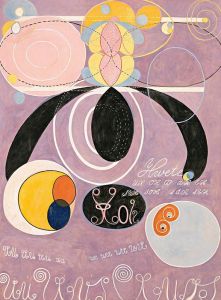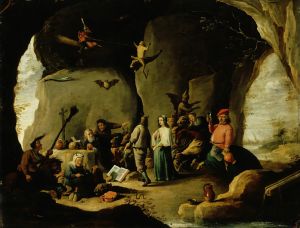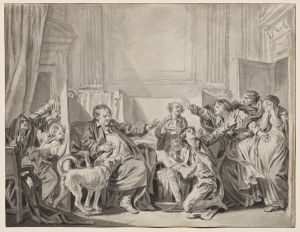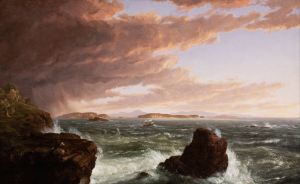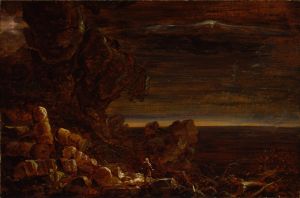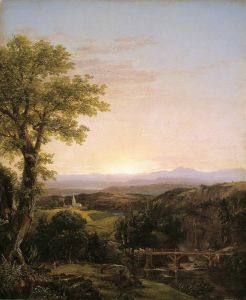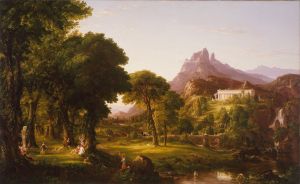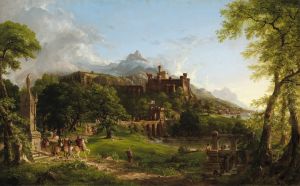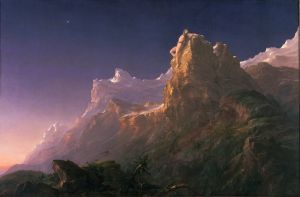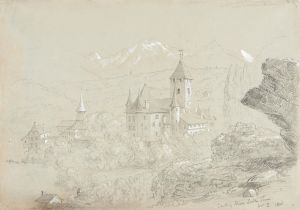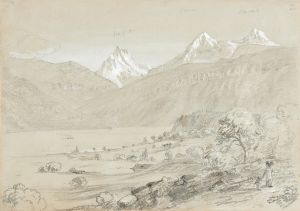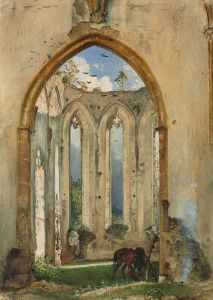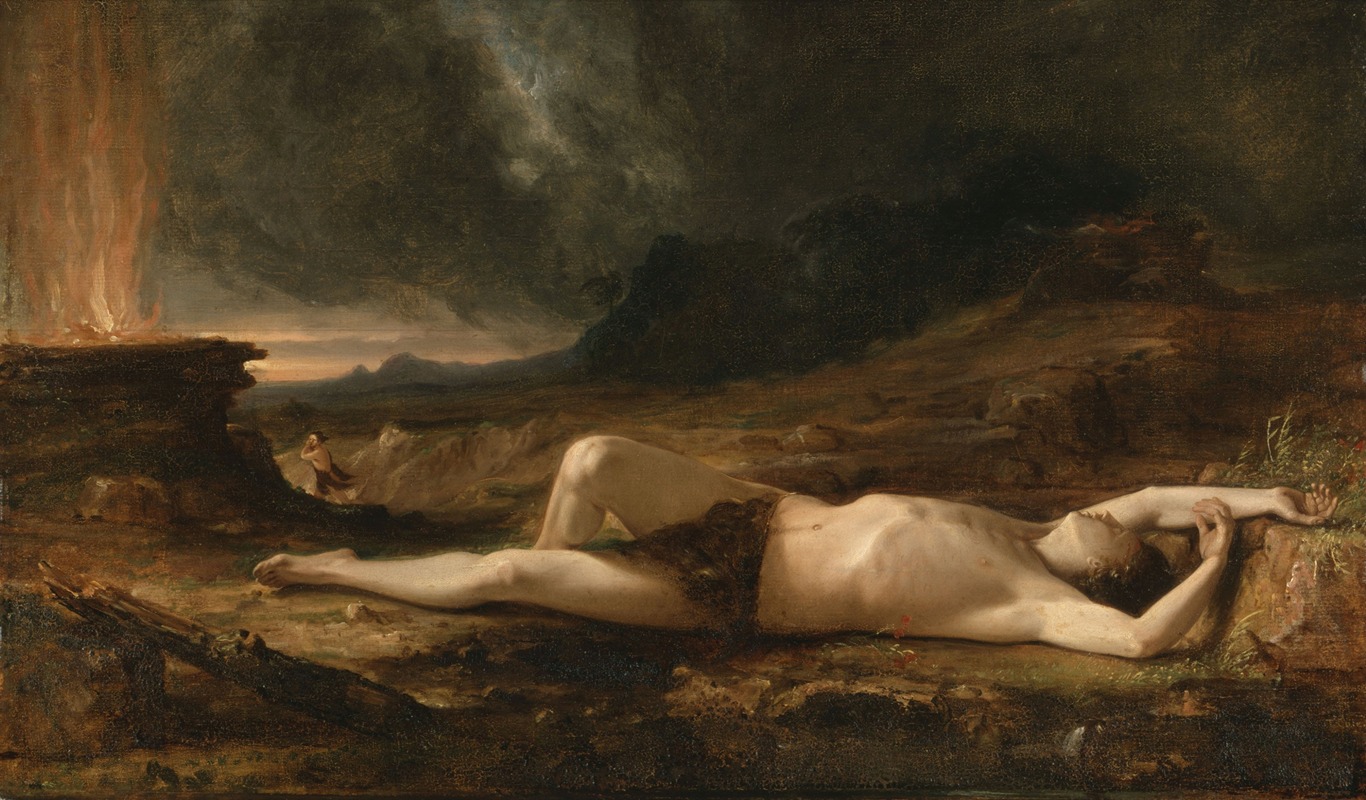
The Dead Abel
A hand-painted replica of Thomas Cole’s masterpiece The Dead Abel, meticulously crafted by professional artists to capture the true essence of the original. Each piece is created with museum-quality canvas and rare mineral pigments, carefully painted by experienced artists with delicate brushstrokes and rich, layered colors to perfectly recreate the texture of the original artwork. Unlike machine-printed reproductions, this hand-painted version brings the painting to life, infused with the artist’s emotions and skill in every stroke. Whether for personal collection or home decoration, it instantly elevates the artistic atmosphere of any space.
"The Dead Abel" is a painting by the American artist Thomas Cole, known for his significant contributions to the Hudson River School, an art movement that celebrated the natural beauty of the American landscape. This particular work, however, diverges from Cole's typical landscape focus and delves into a biblical theme, showcasing his versatility and interest in narrative art.
Thomas Cole painted "The Dead Abel" in 1832. The painting depicts a scene from the biblical story of Cain and Abel, found in the Book of Genesis. In this story, Abel, a shepherd, is murdered by his brother Cain, who becomes envious of Abel because God favors Abel's offering over his own. This tale is one of the earliest accounts of fratricide and explores themes of jealousy, sin, and divine justice.
In "The Dead Abel," Cole captures the aftermath of this tragic event. The painting portrays Abel's lifeless body lying on the ground, emphasizing the drama and emotional weight of the moment. Cole's use of light and shadow, as well as his attention to detail, brings a poignant realism to the scene. The setting is a desolate landscape, which serves to heighten the sense of isolation and tragedy surrounding Abel's death.
Cole's choice to depict this biblical subject reflects his broader interest in moral and philosophical themes. Throughout his career, Cole often infused his works with allegorical and didactic elements, using art as a means to explore complex human emotions and ethical dilemmas. "The Dead Abel" is a testament to this approach, as it invites viewers to reflect on the consequences of envy and violence.
The painting is also notable for its composition and technique. Cole's skillful use of color and texture adds depth and dimension to the work, while his careful rendering of Abel's figure demonstrates his proficiency in depicting the human form. The somber palette and dramatic contrasts in lighting further enhance the emotional impact of the scene.
"The Dead Abel" is part of a broader tradition of religious and historical painting that was prevalent in the 19th century. During this period, many artists sought to convey moral lessons through their work, drawing on biblical and historical narratives to engage with contemporary social and cultural issues. Cole's painting fits within this context, offering a visual interpretation of a timeless story that continues to resonate with audiences.
While Thomas Cole is primarily celebrated for his landscapes, "The Dead Abel" highlights his ability to tackle diverse subjects and themes. The painting remains an important part of his oeuvre, showcasing his artistic range and his commitment to exploring the human condition through art.
Today, "The Dead Abel" is recognized as a significant work within Cole's body of work and is appreciated for its emotional depth and technical mastery. It serves as a reminder of Cole's enduring legacy as a painter who not only captured the beauty of the natural world but also delved into the complexities of human experience.





